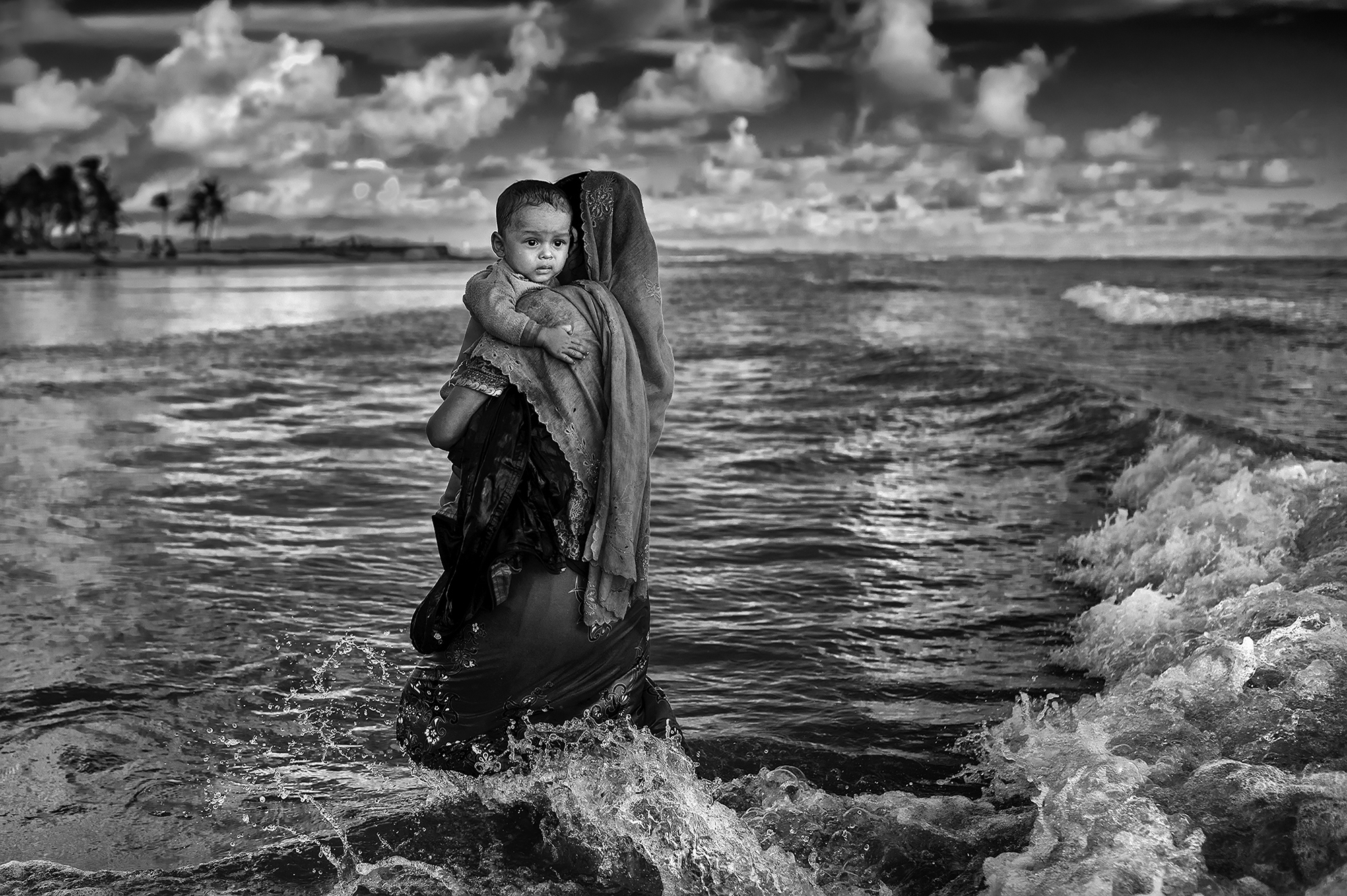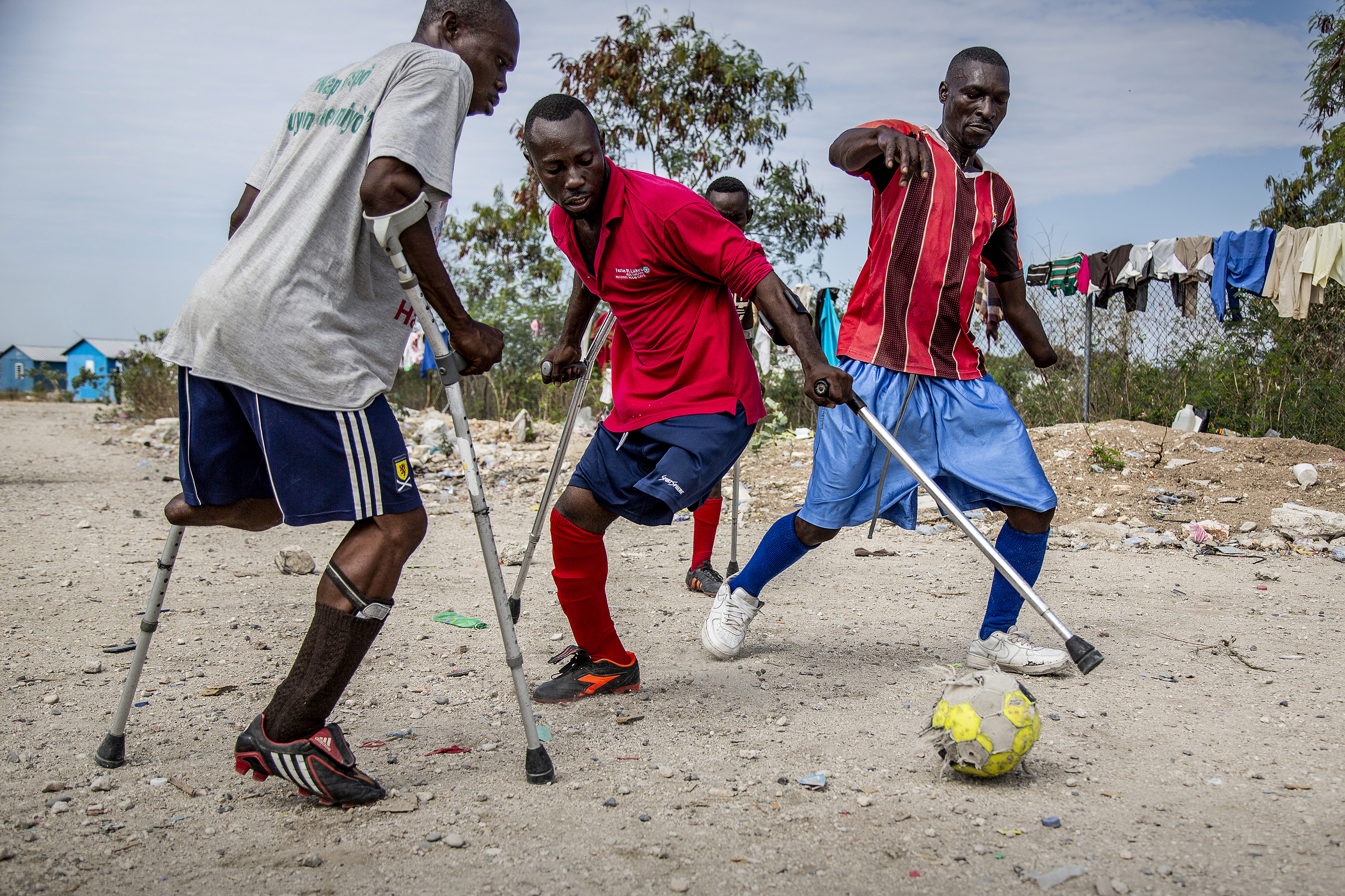Photography 4 Humanity is an international initiative that calls on photographers around the world to help bring to life the power of human rights through their images. Highlighting the most compelling imagery – illustrating courage, despair, hope, injustice, compassion, human rights failures or victories in ways small and large – select images will serve to inspire people to take a stand for human rights.
At the core of the Photography 4 Humanity initiative, is a global call to action for amateur and professional photographers alike, to submit images for an annual competition where the top finalists are recognized each year.
The exhibit is developed to highlight the top finalists of the Photography 4 Humanity Global Prize competition and to inspire photographers to document the power of human rights around the world.
Photography 4 Humanity is created by David Clark Cause (DCC) in collaboration with UN Human Rights and Presenting Partner Fotografiska.
The exhibit was on display at the United Nations Headquarters, in the Visitors' Lobby from 9 December 2019 to 8 January 2020.
For More information, visit photography4humanity.com »
THE UNITED NATIONS AND HUMAN RIGHTS
The promotion and protection of human rights - civil, cultural, economic, political and social - is a key purpose and guiding principle of the United Nations, which has created a comprehensive body of human rights law and established mechanisms to promote and protect these rights and to assist states in carrying out their responsibilities.
"The first words of the Charter -- “we the peoples” – are a summons to place people at the centre of our work. These rights are not a favour to be rewarded or withheld. They are an endowment for simply being human... every measure to uphold human rights helps deliver sustainable development and peace" - Antònio Guterres, Secretary-General of the United Nations
UNIVERSAL DECLARATION OF HUMAN RIGHTS
The Universal Declaration of Human Rights is a milestone document in the history of human rights. Drafted by representatives with different legal and cultural backgrounds from all regions of the world, the Declaration was proclaimed by the United Nations General Assembly in Paris on 10 December 1948 as a common standard of achievements for all peoples and all nations. It sets out, for the first time, fundamental human rights to be universally protected and has been translated into over 500 languages.
ALL HUMAN BEINGS ARE BORN FREE AND EQUAL IN DIGNITY AND RIGHTS
Human rights are rights inherent to all human beings, whatever our nationality, place of residence, sex, national or ethnic origin, colour, religion, language, or any other status. Everyone is entitled to these rights, without discrimination.
HUMAN RIGHTS ARE UNIVERSAL
The principle of universality of human rights is the cornerstone of international human rights law. This principle, as first emphasized in the Universal Declaration on Human Rights, has been reiterated in numerous international human rights conventions, declarations, and resolutions. The 1993 Vienna World Conference on Human Rights noted that “All human rights are universal, indivisible and interdependent and interrelated.”
OFFICE OF THE UNITED NATIONS HIGH COMMISSIONER FOR HUMAN RIGHTS
The Office of the High Commissioner for Human Rights is the leading UN office on human rights with a unique mandate to promote and protect all human rights for all people. Under the leadership of the High Commissioner, with a staff of 1,300 working in more than 70 countries, it aims to make human rights a reality in the lives of people everywhere.
This exhibit was launched in December 2019








